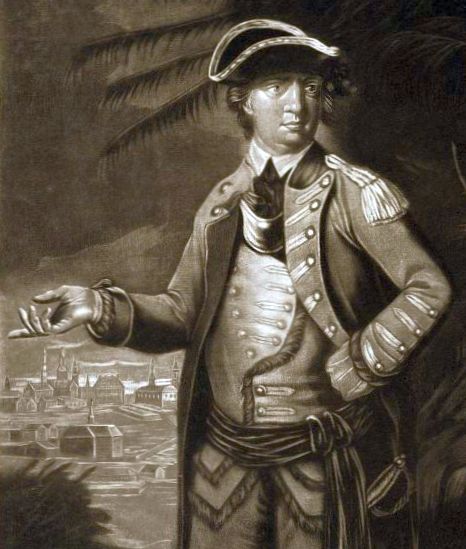Authors:
Historic Era: Era 3: Revolution and the New Nation (1754-1820s)
Historic Theme:
Subject:
Special Issue - George Washington Prize 2017 | Volume 62, Issue 4


Authors:
Historic Era: Era 3: Revolution and the New Nation (1754-1820s)
Historic Theme:
Subject:
Special Issue - George Washington Prize 2017 | Volume 62, Issue 4

We all know the story: how a defiant and undisciplined collection of citizen soldiers banded together to defeat the mightiest army on earth. But as those who lived through the nearly decade-long saga of the American Revolution were well aware, that was not how it actually happened.
The real Revolution was so troubling and strange that once the struggle was over, a generation did its best to remove all traces of the truth. No one wanted to remember how after boldly declaring their independence they had so quickly lost their way; how patriotic zeal had lapsed into cynicism and self-interest; and how, just when all seemed lost, a traitor had saved them from themselves.
Charles Thomson was uniquely qualified to write a history of his times. As secretary of the Continental Congress from 1774 to 1789, he had functioned as what one historian has described as the "prime minister" of the Congress. While delegates came and went over the course of the War of Independence, Secretary Thomson was always there to bear witness to the behind-the-scenes workings of the nation's legislative body during its earliest and most critical period. According to his friend John Jay, "no person in the world is so perfectly acquainted with the rise, conduct, and conclusion of the American Revolution as yourself."
Soon after his retirement in July 1789, Thomson set to work on a memoir of his tenure as secretary to the Congress, eventually completing a manuscript of more than a thousand pages. But as time went on and the story of the Revolution became enshrined in myth, Thomson realized that his account, titled "Notes of the Intrigues and Severe Altercations or Quarrels in the Congress," would "contradict all the histories of the great events of the Revolution." Around 1816 he finally decided that it was not for him "to tear away the veil that hides our weaknesses," and he destroyed the manuscript. "Let the world admire the supposed wisdom and valor of our great men," he wrote. "Perhaps they may adopt the qualities that have been ascribed to them, and thus good may be done. I shall not undeceive future generations."
See also "Benedict Arnold: How The Traitor Was Unmasked," by James Thomas Flexner
The American Revolution had two fronts: the war against Great Britain and a civil war so widespread and destructive that an entire continent was seeded with the dark inevitability of even more devastating cataclysms to come. Many of us have heard of the partisan struggles in the South during the final bloody years of the Revolution. But the middle of the country was also torn apart by internal conflict, much of it fought along the periphery of British-occupied New York. Here, in this war-ravaged "Neutral Ground," where neither side held sway, neighbor preyed on neighbor in a swirling cat-and-dog fight that transformed large swaths of the